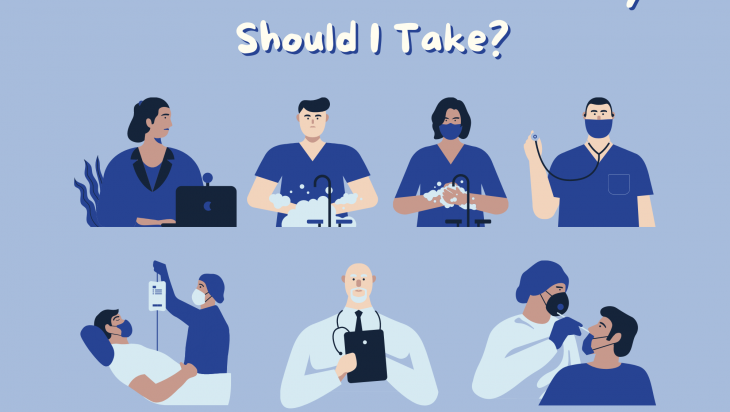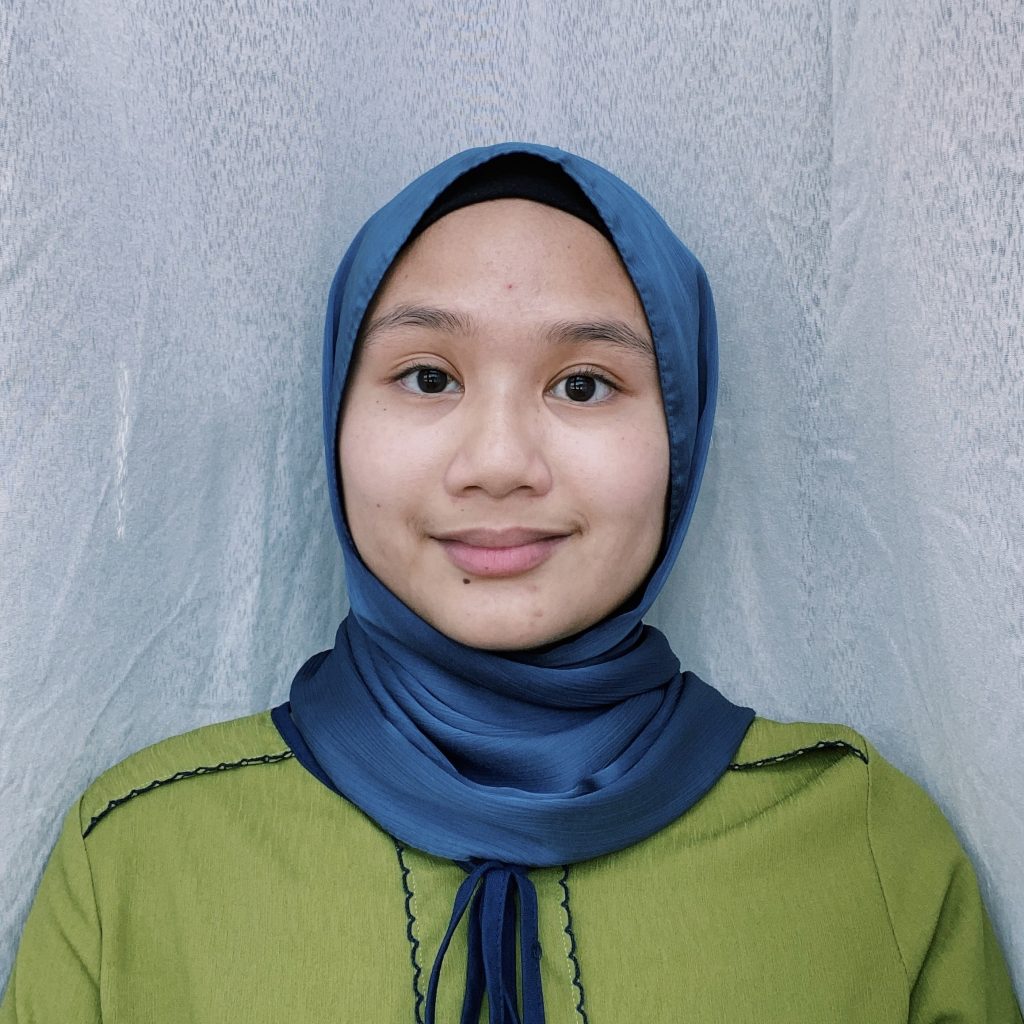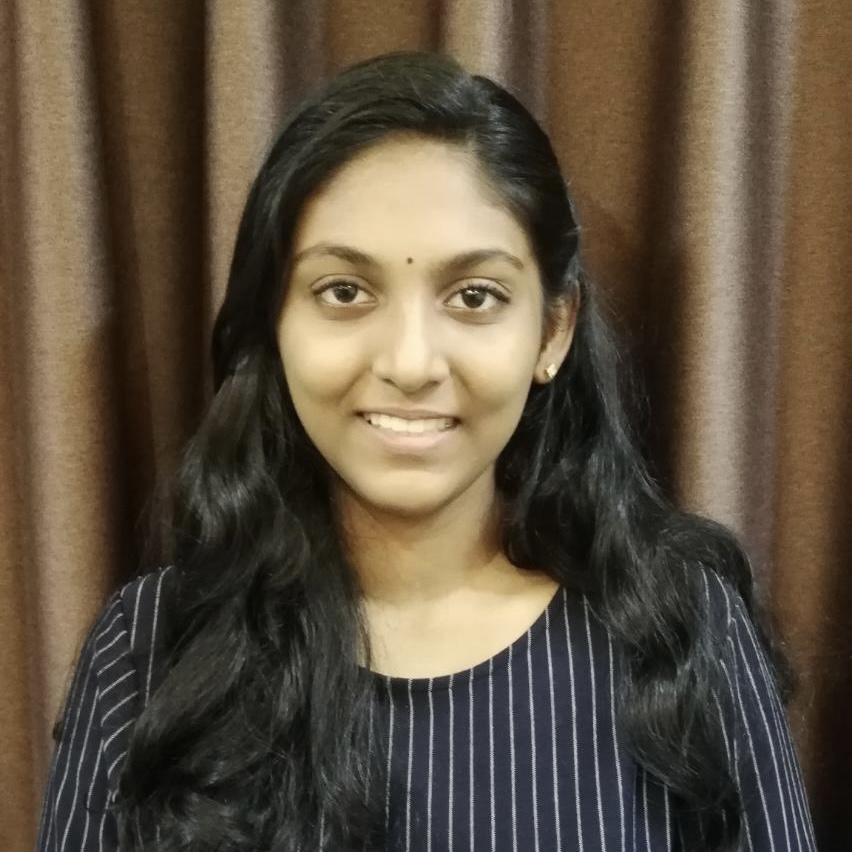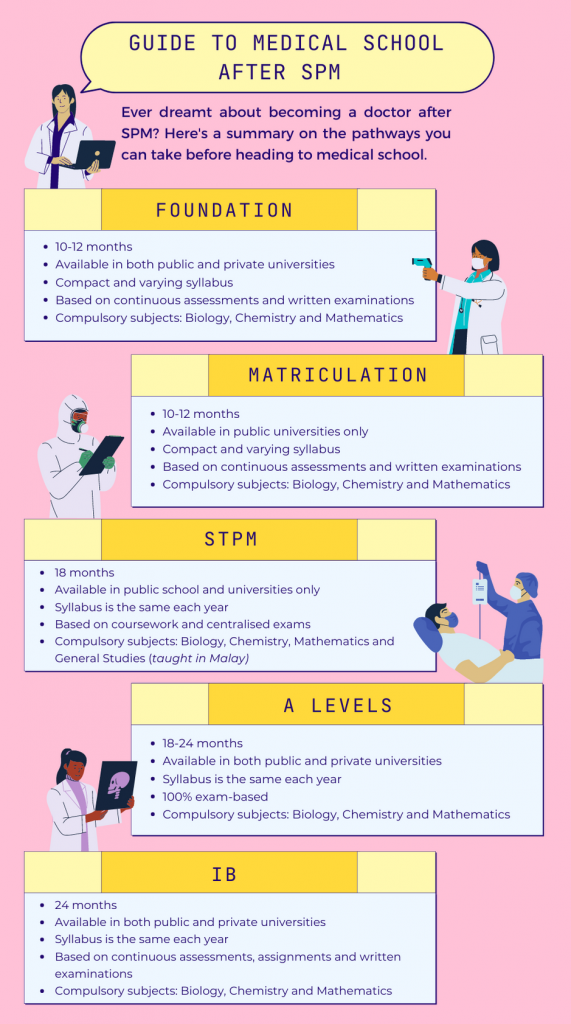Ultimate Guide to Medical School After SPM

If you’re dreaming about pursuing medicine based on that Grey’s Anatomy episode you watched last night- you may want to think again.
Investment in education is key to achieve better possibilities in career and personal growth in the medical field. Hence, Cemerlang has compiled 5 different pathways as an after-SPM guide to medical school and KYSERs’ takes on them.
Foundation
Many universities offer foundation programmes. In Malaysia, we have foundation programmes under both public and private universities.
Students can apply to most public universities through the online UPU system. It’s an affordable option for cost-conscious students who wish to further medicine.
On the other hand, private foundation programmes are more costly. However, bursary scholarships are likely available based on merits and academic performance.
Examples:
- Newcastle University Medicine Malaysia Foundation in Biological & Biomedical Sciences (NUMed)
- International Medical University Foundation in Science (IMU)
- RCSI & UCD Pre-Medical Foundation
- Monash University Foundation Year (MUFY)
Foundation in science in any pre-university offers medical science-related subjects. It gives a more focused route towards the undergraduate degree in medicine and health sciences.
Although it’s considered the fastest track to medical school, the syllabus for each foundation programme varies and is compact. One thing they all have in common are the continuous assessments, quizzes, lab reports, assignments and examinations.

“I chose the Newcastle University Medicine Malaysia Foundation programme because of their balanced approach in evaluating students through assignments and written examinations. Furthermore, the period of the programme is not too extensive.”
Noor Fadzillah Binti Ahmad Farid, Class of 2019
The preferred subject combination comprises of Biology, Chemistry and Mathematics. Since the programme is short, subjects are usually broken down into 2 parts. In certain public foundation programmes, the students must learn both parts simultaneously to cover the entire syllabus within a small amount of time. Some programmes include the subject of Physics in the package which can be burdening to a number of students as it’s not aligned with what they want to pursue.
In both public and private foundation programmes, there is an implementation of “total coursework marks”. It is essentially composed of all continuous assessments done during class. This is a major advantage in itself as students are able to aim as high as possible while studying for future exams. Some even say that the foundation programme mimics the daily stresses faced in medical school.

“Doing foundation has many benefits. However, not managing your time and activities well can lead to burnouts halfway through the journey. Overall, it was a tough course but if you’re sure of your degree choice then with determination, you can get through it.”
Nur Amirah Binti Khamarul Baharain, Class of 2019
Matriculation
Matriculation is a 2-semester programme run by the Ministry of Education Malaysia and based in public colleges. Similar to foundation, matriculation takes up to 10-12 months to complete. It also revolves around continuous assessments and written examinations. Thus, it should come as no surprise that overlapping of content exists between the two programmes.
16 out of 17 matriculation colleges are tailored to produce aspiring medical students including Kolej Matrikulasi Selangor, Kolej Matrikulasi Melaka and Kolej Matrikulasi Perak. Students can apply to listed overseas universities once they graduate provided that minimum requirements are met.
Apart from being a cost-effective pathway, this programme provides a chance to target competitive public universities locally.

“This pathway is perfect for me considering I was unsure on which university I would like to pursue medicine in. With this programme, I can apply for government and private universities. Although, it’s best to keep in mind that I have to compete with foundation students for spots in public universities.”
Ainin Sophia Binti Arnel Tungol, Class of 2019
The selection of courses is wide but fast-paced, requiring students to keep up for their final examinations. Therefore, if medicine is what you’re aiming for, this programme can take you there- with the condition you’re quick to pick up on the syllabus. Subjects like Biology, Chemistry and Mathematics are compulsory to study medicine.
STPM/ Form 6
There’s this preconceived notion that STPM is hellishly tough and should be your last option. But we’ll let you in on a secret, nothing gets easier in medical school and STPM equips you with the grit you’ll need.
This 18-month programme is run by the Ministry of Education Malaysia and based in public schools or colleges. Cambridge Assessment representatives usually monitor and endorse STPM results.
Ultimately, the topics students cover are more detailed contrasting to foundation which explains the longer study period they face.

“STPM has a broader curriculum compared to other public pre-universities. This allowed me to have a wider spectrum when applying for a degree. If given the opportunity to do matriculation, I would’ve chosen that since it’s a faster route for medicine.”
Thanussha A/P Kumarappan, Class of 2019
The subjects recommended for medical school are Biology, Chemistry, Mathematics and General Studies, a compulsory subject. This programme has a mix of both exams and coursework. The coursework portion of the syllabus carries a 20-40% weightage to students’ final marks and helps boost their CGPA. Later, the coursework marks and centralised exam results are combined.
Examples:
A Levels
Cambridge A Level is a programme based on the UK education system and is recognised internationally. There are both public and private A Level pre-universities in Malaysia. Students often prefer this programme as it is 100% exam-based and feels familiar with what they have done throughout high school.

“I appreciated that since A Level was global, it was easy to get official past year questions. This made revision a fairly direct process.”
Chean Sweet Chiao, Class of 2018
Biology, Chemistry and either Mathematics or Physics (or both) are must-have subjects to keep medical schools open to students. Additionally, A Level emphasises the need for critical thinking which further aids with Biomedical Admissions Test (BMAT) and University Clinical Aptitude Test (UCAT).
The BMAT and UCAT examinations are a requirement for most foreign medical schools. In Malaysia, they are not compulsory to enter public universities except University Malaya.
This 2-year programme provides students with in-depth knowledge and is more panned out compared to Foundation, Matriculation and STPM. Students also don’t have to cover as wide of a range of knowledge as they did in SPM.
Examples:
International Baccalaureate (IB)
The IB programme provides a diverse and holistic approach to its course content. It is 24 months long and is recognised around the world. Although there are both public and private IB schools, most medical students opt for private schools. This is due to the fact that not all public schools offer the subjects needed to pursue medicine.
Students must choose 6 subjects from 6 different subject groups; Language and Literature, Language Acquisition, Individuals and Societies, Science, Mathematics and The Arts. Moreover, they need to complete hours under the 3 core components; Theory of Knowledge, Extended Essay and Creative, Action, Service (CAS).
IB drills their students to think quickly on their feet and work well under pressure. This is crucial for medical students as they are training to respond fast and effectively to real-life situations.
This course is mentally and physically demanding since students not only have to ace their examinations but balance the hours they put in under the core components too. It’s common for students to complain of exhaustion due to their gruelling schedules.
Examples:
- The International School of Kuala Lumpur (ISKL)
- Nexus International School Malaysia
- IGB International School (IGBIS)
- Cempaka International School
Food For Thought
Did you know that studying medicine in the US is only available as a postgraduate option? This means that students need to complete a four-year bachelor’s degree before medical school. On top of that, they have to attend all the prerequisite classes for the particular medical schools being applied to.
This route may sound daunting as medical school is already time-consuming. On the flip side, having a strong foundation helps you grasp concepts quickly.

Undoubtedly, the medical field requires intensive preparation. It seeks those who look forward to continuing learning and growing. Regardless of which pathway you take, the professional journey does not stop there.
To the future doctors, take the frontliners today as an inspiration to provide the best healthcare services to our people. Prescribe yourself plenty of sleep too while you still can!




